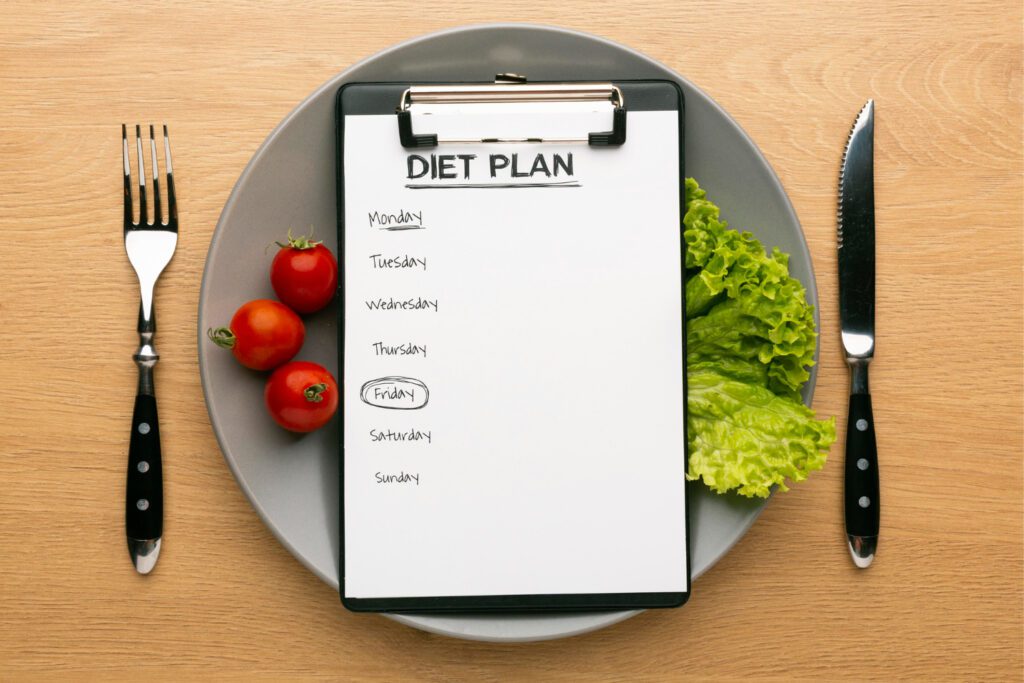How to Understand and Use the Nutrition Facts Label

When you’re standing in the grocery store, looking at a package of food, you may feel overwhelmed by all the information on the label. Understanding Nutrition Facts labels is essential for making healthier food choices and managing your diet effectively. Whether you’re trying to follow a Heart Healthy Diet, looking for Weight Loss Foods, or need to avoid certain Food Allergens, understanding the label can help guide your decisions. In this article, we’ll walk you through how to understand and use the Nutrition Facts label to help you make better nutritional choices. What is a Nutrition Facts Label? The Nutrition Facts label is a standardized panel found on packaged foods that provides important information about the product’s nutritional content. It includes key details about the food’s calorie content, fat, sugar, sodium, protein, and various vitamins and minerals. This label helps consumers make more informed decisions about the food they eat. Step-by-Step Guide to Understanding the Nutrition Facts Label Step 1: Start with the Serving Size The serving size is the first piece of information you should look at. It tells you the amount of the food that the nutritional information on the label is based on. Serving sizes are listed in common units like cups, ounces, or pieces, and it’s essential to compare the serving size on the label with how much you actually eat. Why It’s Important: The Nutrition Facts apply only to the listed serving size. So, if you eat more than one serving, you need to adjust the numbers accordingly. Step 2: Calories – How Much Energy Are You Consuming? Calories indicate the amount of energy a food provides. You need to know how many calories you are consuming relative to your caloric needs throughout the day. For Weight Loss: To lose weight, you must consume fewer calories than you burn. Understanding how many calories are in each serving of food is crucial. For reference, a typical adult needs around 2,000-2,500 calories per day, but this number can vary based on age, sex, activity level, and overall health goals. Step 3: Percent Daily Value (%DV) – A Guide for Nutrient Intake The % Daily Value (%DV) tells you how much of a nutrient is in a serving of food as a percentage of the total amount you should consume each day. The %DV is based on a 2,000-calorie diet, which is the average daily requirement for adults. What to Aim For: Step 4: Key Nutrients – Fats, Carbs, and Proteins Understanding the key nutrients listed on the label is essential to balancing your diet: Step 5: Vitamins and Minerals – Focus on Essential Nutrients Pay attention to the vitamins and minerals included in the Nutrition Facts label, particularly if you have any specific nutritional goals or deficiencies. Look for foods that are rich in: These vitamins and minerals are crucial for maintaining bone health, muscle function, and overall immune health. Choosing Foods Based on the Nutrition Facts Label Now that you know what to look for, it’s time to apply this knowledge. Let’s break down some examples of food categories you might encounter: A. Heart Healthy Diet Choices If you’re focusing on a Heart Healthy Diet, look for foods that are: Examples of Heart-Healthy Foods: B. Weight Loss Foods For Weight Loss Foods, focus on foods that are nutrient-dense (lots of nutrients for fewer calories) and lower in fats and sugars: Examples of Weight Loss Foods: C. Avoiding Food Allergens If you have food allergies, the Nutrition Facts label is an essential tool for checking potential allergens. The ingredients list will list allergens such as: Food allergens must be clearly labeled on the packaging, often in bold letters. Always check both the ingredients list and the Nutrition Facts label for any items you need to avoid. Common Nutrition Label Terms to Know Low Fat, Low Sodium, and More Other Claims How to Use the Nutrition Facts Label in Your Daily Life To make the most of the Nutrition Facts label, it’s essential to apply it consistently to your food choices. Whether you’re cooking at home or choosing packaged foods, the label can guide you in making decisions that support a heart-healthy diet, help with weight loss, and avoid foods with allergens. Tips for Success: FAQs


